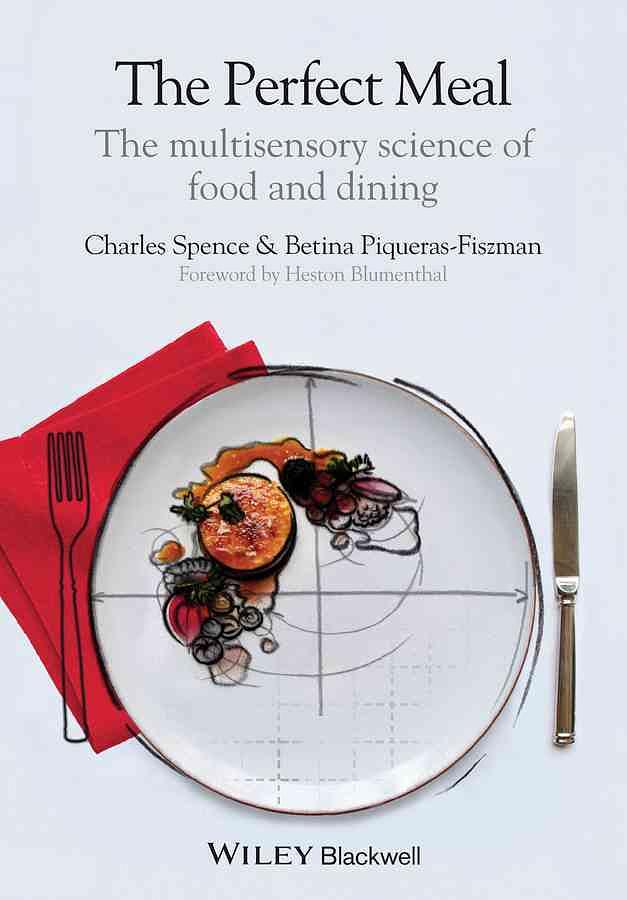內容簡介
內容簡介 "Nowadays a great many chefs are realising that science also has a place at the table; that a dining experience is made up of far more than just good food. By understanding how we use our senses to interact with and appreciate food we may be able to further enhance our guests' dining experiences. This book looks at many topics which will become increasingly relevant to both chefs and our food culture as a whole in the coming years."-Jozef Youseff, chef and author of Molecular Gastronomy at Home (www.kitchen-theory.com)"The Perfect Meal goes beyond the exotic ingredients and creative insights of the chef and into the realm of the diner's psychology. Using an accessible writing style that neither talks down to the reader nor dumbs down the science, the authors take us into the relatively unexplored world of the dining context: the gastrophysics of the visual, acoustic, tactile influences - not to mention taste and smell - that we are exposed to in every dining experience."-John Prescott, Ph.D, author of Taste Matters: Why We Eat the Foods We Do"Focussing on the brain's interpretation of our eating experience, pioneers Spence and Piqueras-Fiszman acknowledge the interdisciplinary nature of gastronomy, rendering a complex area of study both digestible and applicable. This input furthers the development of co-evolving disciplines - the scientific study of our brains, and the relentless creativity, experimentation and intuition so important in producing a truly great meal."-Ben Reade, Gastronome and Head of Culinary Research and Development at Nordic Food Lab"Not many people are as ready to realise the importance of the senses, not only in cooking but in eating, as Charles Spence and Betina Piqueras-Fiszman. This book demonstrates beyond doubt that gastronomy is the most complex creative discipline that exists."-Ferran Adria, elBullifoundation The authors of The Perfect Meal examine all of the elements that contribute to the diners experience of a meal (primarily at a restaurant) and investigate how each of the diners senses contributes to their overall multisensory experience. The principal focus of the book is not on flavor perception, but on all of the non-food and beverage factors that have been shown to influence the diners overall experience. Examples are: the colour of the plate (visual) the shape of the glass (visual tactile) the names used to describe the dishes (cognitive) the background music playing inside the restaurant (aural) Novel approaches to understanding the diners experience in the restaurant setting are explored from the perspectives of decision neuroscience, marketing, design, and psychology. 2015 Popular Science Prose Award Winner.
作者介紹
作者介紹 Charles Spence is Professor of Experimental Psychology and Head of the Crossmodal Research Laboratory in the Department of Experimental Psychology at Oxford University. Betina Piqueras-Fiszman was Consumer and Sensory Researcher at the Crossmodal Research Laboratory in the Department of Experimental Psychology at Oxford University and is currently Assistant Professor in the Department of Marketing and Consumer Behaviour at Wageningen UR.The AuthorsCharles Spence Is Professor of Experimental Psychology and Head of the Crossmodal Research Laboratory in the Department of Experimental Psychology at Oxford UniversityBetina Piqueras-Fiszman was Consumer and Sensory Researcher at the Crossmodal Research Laboratory in the Department of Experimental Psychology at Oxford University and is currently Assistant Professor in the Department of Marketing and Consumer Behaviour at Wageningen UR
